Custom decorative tin...
Matters needing attention in the graphic design of the tin box
The original purpose of the product's tin box packaging is to protect, with the intensification of business competition, the packaging has the role of beautification and publicity. Modern packaging is a multi-factor, multi-level, three-dimensional and dynamic system engineering. It is the unity of art and technology. It guides the consumption concept of the market, and shows diversification and fashion in form and function.
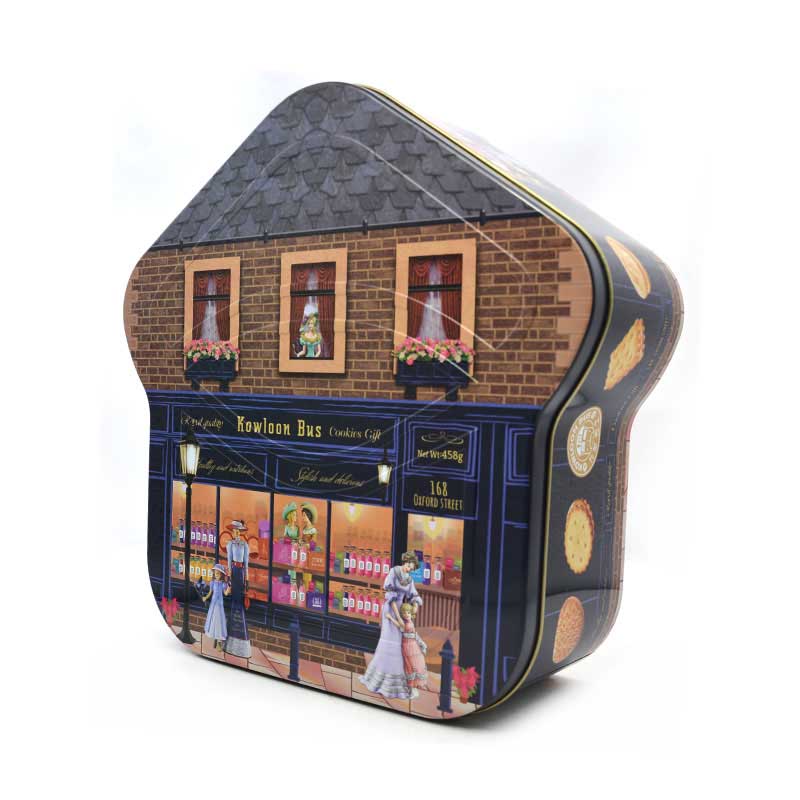
Commodity packaging also plays a key role in the efficiency of the entire supply chain. Clear communication at every stage of the packaging design phase will contribute to its success as a functional packaging and an efficient packaging production operation. Communication is also critical for brands that outsource packaging production, as designers may not have a printing background to understand how their packaging concepts are produced in real life, or their designs can even be used in mass production.
Graphics are an indispensable element in packaging design, such as hand-painted, photographed, computer-made, etc. It expresses consumers' requirements for the ideal value of goods with the implicit meaning of graphics, so as to promote consumers' psychological association and affect people. emotions and arouse the desire to buy. Therefore, this article focuses on just one element in a well-designed and fully optimized tin box: graphics
There are few hard and fast rules when it comes to graphic design, however, there are some practices that can help with a successful graphic design project. When designing graphics for packaging, some practices include
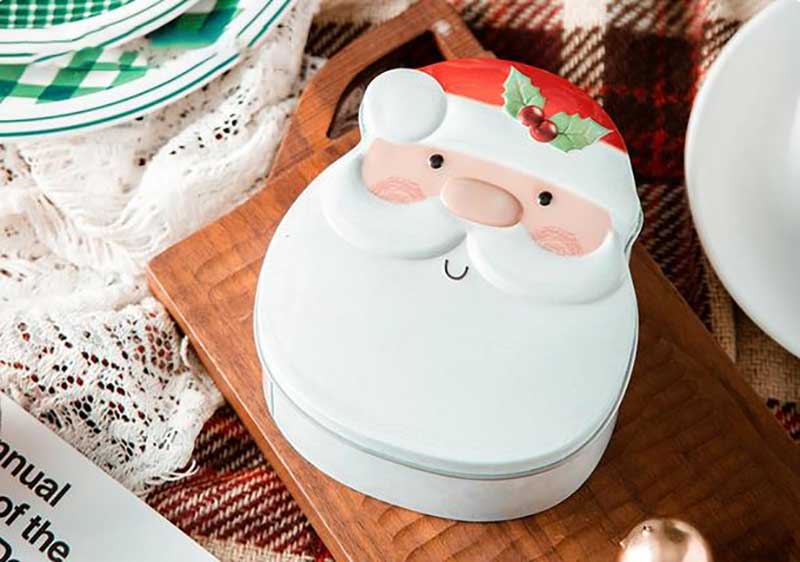
1. Choose a visually appealing color palette that aligns with your brand. Be aware of the emotions that colors can evoke. Blue and green tend to be calm, while red can stimulate action.
2. Limit the number of fonts. Two fonts are generally recommended.
3. Less is more. Don't try to keep too much information in a small area. Make the most of white space and avoid clutter.
4. Make sure the design is suitable for the company, product (or product line) and target audience
Good packaging design should consider appearance more. Be aware of design elements that may affect printing limits and may compromise reproduction quality. Fine or very detailed illustrations and procedures that require multiple applications should be avoided.
Avoid using design elements that leave small mistakes in production. For example, complex patterns across panels will be die-cut, which can lead to production challenges.
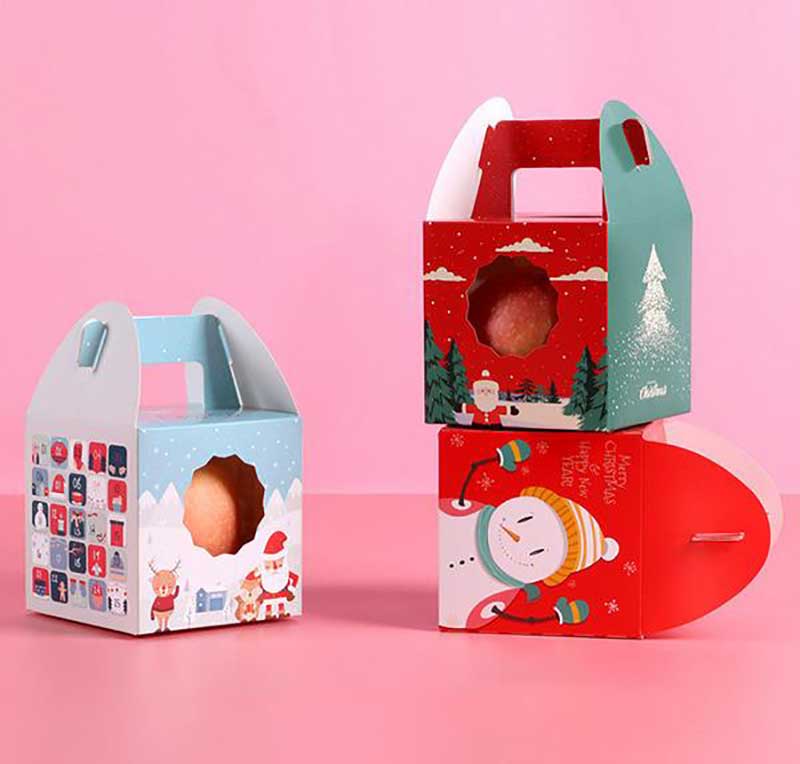
Additionally, many industries comply with regulatory requirements that can affect packaging design. If you are designing retail packaging graphics for a highly regulated product, make sure you fully understand all applicable packaging regulations to avoid costly delays during the design verification stage (or worse, packaging graphics that violate local, local regulations) expensive recalls and redesigns) international regulations).


.jpg)


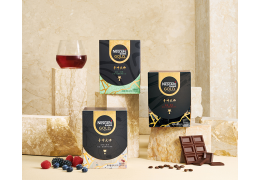
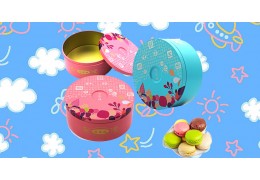
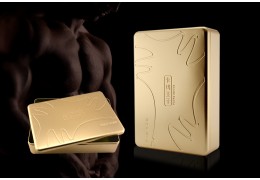
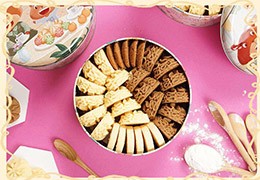
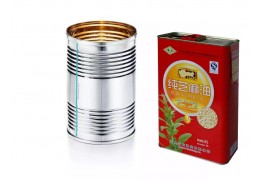

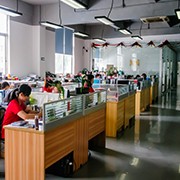

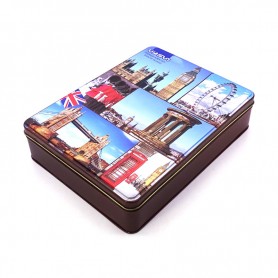
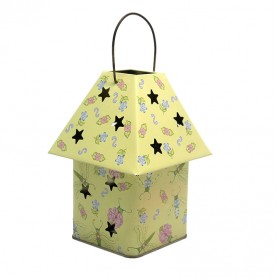
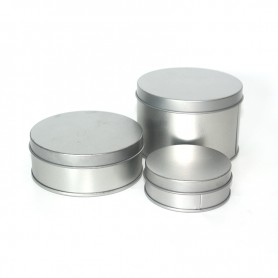
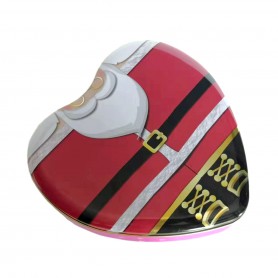

Latest comments